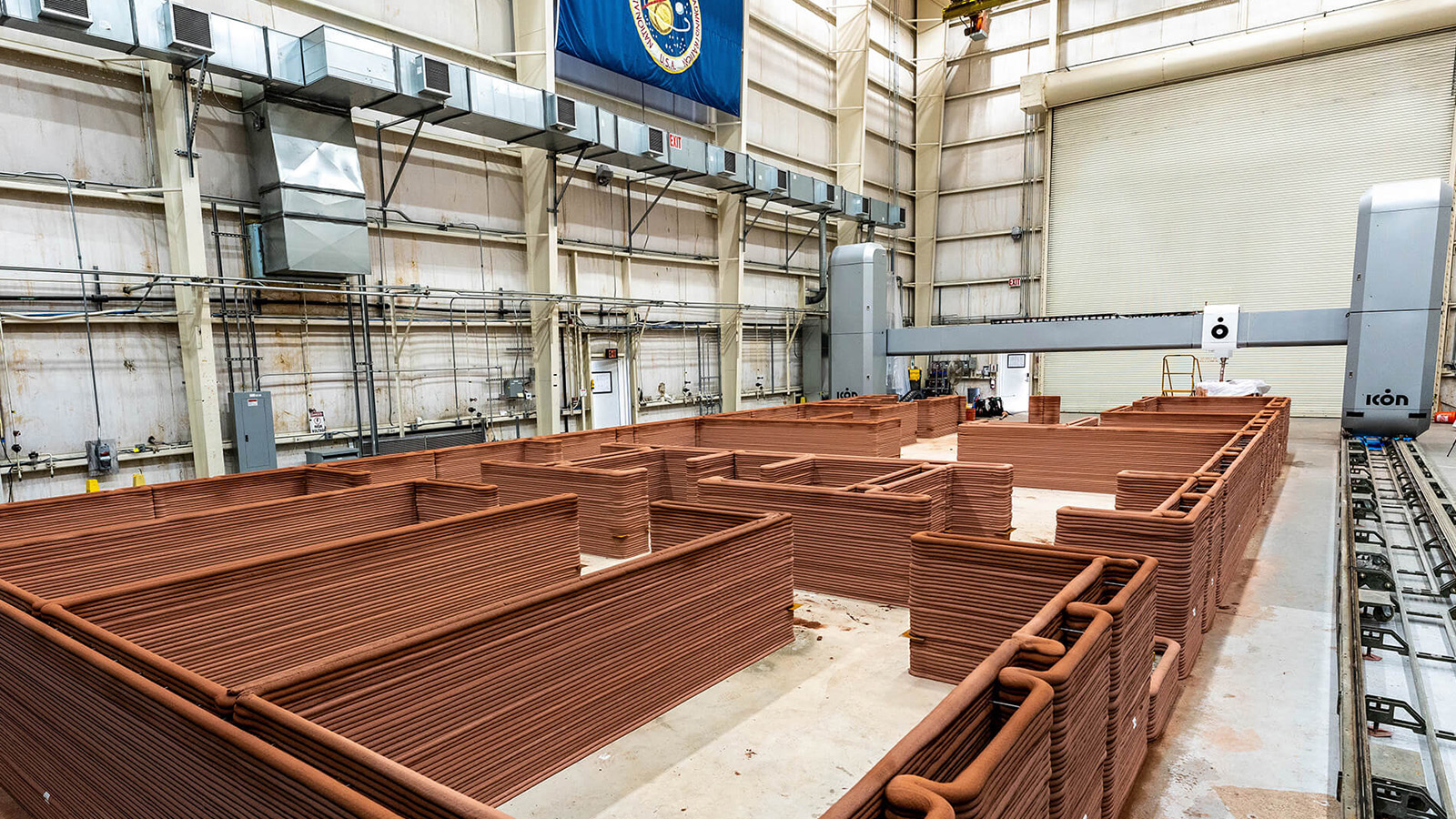Stay Up to Date
Submit your email address to receive the latest industry and Aerospace America news.
The Space Architecture Technical Committee focuses on the architectural design of the environments where humans will live and work in space, including facilities, habitats and vehicles.
The International Space Station and the Tianhe core module of the Chinese Tiangong space station are the only habitable structures in outer space. But the pace and variety of flights, construction and contracting foretell that space will soon be inhabited by more people, including commercial workers and tourists as well as government employees.
Tianhe reached orbit in April, a cargo module joined it in May, and its first crew of three taikonauts took up residence in June. The ISS, the largest and longest-inhabited orbital outpost in human history, showed more signs of its age and suffered more wear and tear, but it also offered a base from which to spawn a new generation of space stations. In March, cosmonauts again floated tea leaves to pinpoint the locations of air leaks in Russia’s Zvezda module, following some success with that strategy in 2020. In July, controllers used a Progress spacecraft to detach and deorbit the Pirs module after nearly 20 years attached to Zvezda. A few days later, controllers attached the new Nauka module where the Pirs had been. But shortly after, Nauka’s reverse thrusters began to push away, causing the entire station to rotate 540 degrees before opposing thrusters on Zvezda and on a docked Progress cargo spacecraft eventually stopped it and restored the station’s nominal attitude. The already leaky Zvezda carried the brunt of these forces. Space station partners are assessing the structural implications.
Nevertheless, the replacement of Pirs with Nauka illustrated the potential of the modular ISS to survive and support new growth. In June, Roscosmos Director General Dmitry Rogozin suggested that Nauka might ultimately detach as the core of a new Russian station.
Texas-based Axiom Space continued efforts toward establishing the first commercial space station. In May, Axiom finalized an agreement with NASA for the company’s four-person Ax-1 mission to arrive at the ISS aboard a SpaceX Crew Dragon in 2022. In June, Axiom contracted with SpaceX for additional Ax-2, Ax-3 and Ax-4 missions. In July, Axiom contracted with Italy-based Thales Alenia Space for the development of the first two pressurized elements of its new station, to be launched and initially docked to the ISS in 2024 and 2025, but ultimately to detach as an independent station when the ISS is decommissioned.
Other space architecture projects looked further toward the moon and Mars.
In July and August, Iceland hosted a 15-day simulation campaign dubbed Construction of a Habitat Inside a Lunar-analogue Lava tube in Iceland, or CHILL-ICE. The analog was organized by a group of independent researchers and students and supported by EuroMoonMars in the Surtshellir-Stefanshellir cave system in the Hallmundarhraun lava flow. Students from the Wilson School of Design at Kwantlen Polytechnic University in Surrey, British Columbia, created a lightweight deployable habitat adapted to the geological characteristics of the lava tube.
Also in August, ICON Technology Inc. of Texas announced that it received a contract to 3D-print an analog habitat, dubbed Mars Dune Alpha, designed by the Bjarke Ingels Group, as part of the Crew Health and Performance Exploration Analog, or CHAPEA, at NASA’s Johnson Space Center in Houston. The structure will be 158 square meters and include four private crew quarters, workstations, a medical station, an exercise station, a food-growth area and a shared living area. Research at CHAPEA will focus on crew health and performance studies, including tests of the viability of crop growth in long-duration missions with no resupply, simulation of communications delays, performance analysis with robotic simulators and surface spacewalks in virtual reality. The first trial is scheduled for 2022.
Contributors: Antonia Sattler and Melodie Yasher
Stay Up to Date
Submit your email address to receive the latest industry and Aerospace America news.




